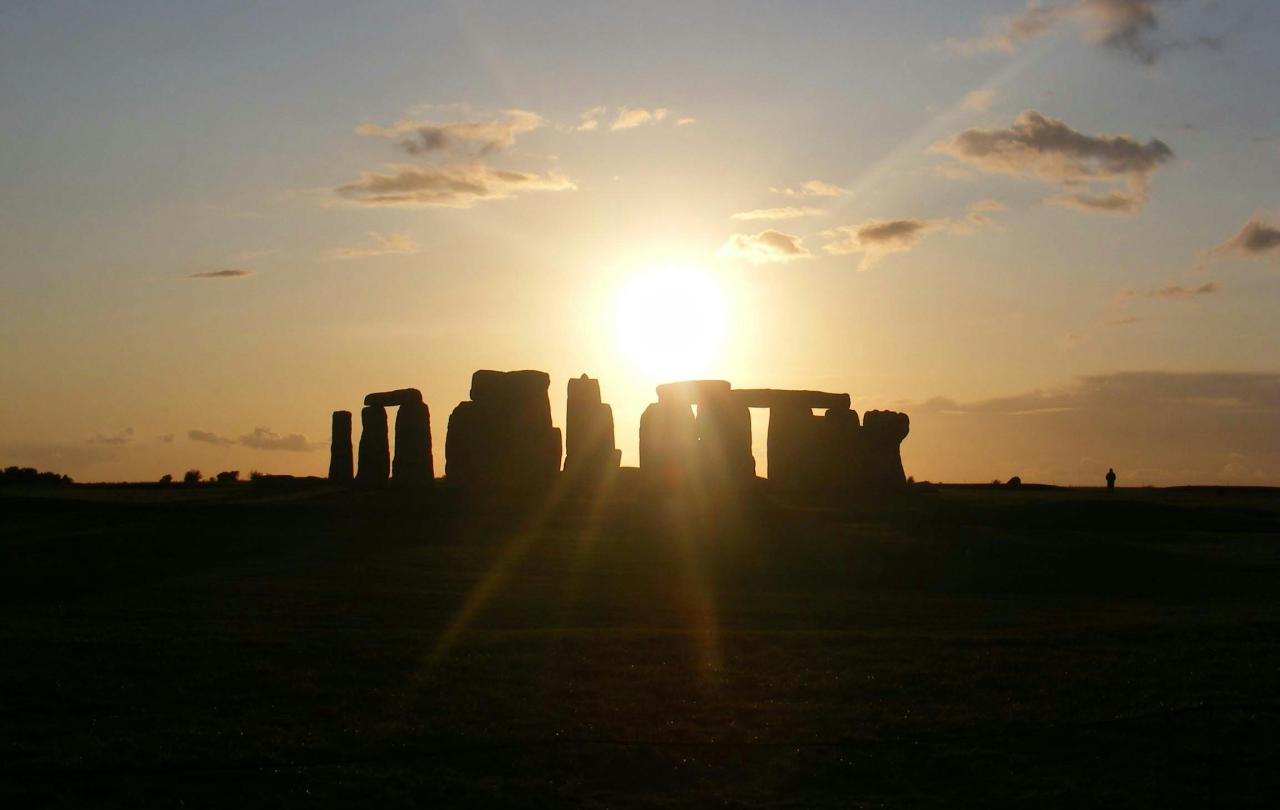
I came of age in the 2000s, a decade quite alien to us now. We saw ourselves as pioneers of technology, as the internet emerged in its prehistoric form. There was great optimism about the economy until it all went wrong in 2008. The New Atheism movement was roaring into public view, only to wane just as quickly the decade after. Growing up as a Christian, I remember spirited debates with my peers about whether science disproved Christianity and if God can be disproven. These questions have fallen out of view, just as many of its main proponents have too. Richard Dawkins rarely darkens the door of our TV screens anymore.
However, one such moment of conflict sticks out in my mind. A friend announced to me that he had disproved the origins of Christianity. The night before he had discovered that in the third century Roman Empire, before Christianity became legal and the official religion, there was already a festival celebrating a god on the 25th of December. Instead of the birth of the Son of God, the Romans celebrated the rebirth of the Unconquered Sun — Sol Invictus. Then, in 336 under the first Christian Emperor, Constantine, that date was first celebrated as the day of the birth of Christ. My friend considered the case to be closed; surely the birth of Christ was merely a repurposing of an existing festival?
Thankfully this shocking revelation did not pick away at the foundations of my faith. I continued, and still continue, to believe in and love the Christian God, as revealed in the Bible. Indeed, since that moment I have trained as a scholar in the history of the early Church, and have begun to see this question for what it is, a quirk of history.
We, therefore, celebrate Christ’s birth on the 25th December on account of a quirk of history, a result of the way that Romans mapped significant events on to the waxing and waning of the light.
The first claim that Christ was born on the 25th December appears in the third century. Sextus Julius Africanus, a Roman Christian historian, wrote an entire chronology of the world from creation to AD 221. He considered March 25th to be the date of creation, because it was the spring equinox in the Roman Calendar, a day which represents new life and new birth. For this reason, he likewise considered it to be the date of Christ’s conception in the womb. Crucially, nine months after that falls December 25th. Although I admire his logic, it is hardly a sound basis for establishing the date of our Lord’s birth. Indeed, other Christians didn’t accept this claim at the time either.
As already mentioned, December 25th was a significant date in the Roman calendar already. It was the winter solstice, the shortest day of the year, after which the days begin to lengthen. It also shortly followed the popular Roman festival of the Saturnalia. Already endowed with significance, it is unsurprising that the Romans began to celebrate the rebirth of Sol Invictus, and the birth of another god, Mithras, on that date.
At this time Christianity was an illegal religion, persecuted in some parts of the Roman Empire. However, in 312, the emperor Constantine converts to Christianity and in 313 makes it a legally tolerated religion. At this point he begins to invest the church and Christians with powers, wealth and privileges. Evidence from the Chronography of AD 354 suggests that Christmas was first celebrated on the 25th December in 336, during the reign of Constantine. Perhaps this was an attempt to dislodge existing pagan holidays, and replace it with a Christian one. Or, maybe the significance of the Winter solstice made that date most plausible. Indeed, it is easy to see how the commemoration of Christ coming into the world is particularly salient as the darkness begins to recede. The true answer is, of course, lost to history.
We, therefore, celebrate Christ’s birth on the 25th December on account of a quirk of history, a result of the way that Romans mapped significant events on to the waxing and waning of the light. The true lesson here though, is that it simply doesn’t matter what the actual date of Christ’s birth was. Our records, and those available in the early church were simply not good enough for us to ever know. What matters is that God loves us so much, that he became human to bring us back to his side in everlasting joy and peace. We have no idea on what date Christ was born. But, each year the 25th December presents a time for us to remember that God became man, so that we might have everlasting life.





